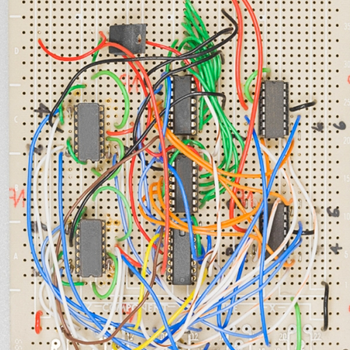What is the relation of thyroid with thyroglossal duct? Whys does it later detach from the duct?
1 Answer
Please see the explanation.
Explanation:
The thyroid gland is the first gland to be formed in our body during the embryonic life. It starts to develop after 24 days post fertilization from a median endodermal thickening under the influence of fibroblast and signal pathways. After the thickening is formed, the thyroid primordium - a small bubble-like formation - is formed. Right above the median endoderm a tongue is to be formed.
We cannot forget that the tongue and thyroid gland, actually, thyroglossal duct have the same place of origin. The reason for the thyroid gland to be connected to the thyroglossal duct perhaps could be a destination that it has to travel. This means that thyroglossal duct does not let the thyroid gland to go any farther than its normal position is.
The second question: 'And why it detaches afterward?' has almost the same answer as if it was asked: 'Why is the thyroid gland developed first?' Some epigenetic marks command to cells when they should divide and when they should die (autophagocytosis). However, the thyroid gland has gotten its final shape by the week 7. Also, by the 7th week, there has to be vascularisation by which the thyroid gland is vascularized (note that basic vascularisation is finished in first 20 days).
Accordingly, one more function of thyroglossal duct could be vascularisation of the thyroid gland to develop. Logically, it can be concluded that the tissue from which thyroglossal duct and thyroid gland, as well as tongue, had kind of a vascularisation; if the tissue did not it would be impossible for the fibroblast to get any signals since the signals in the form of hormones and proteins are transmitted throughout the blood. Eventually, when the thyroid gland had gotten the vascularisation, the thyroglossal duct has atrophied.
The question that could be asked now is: why has the thyroglossal duct atrophied?! Well, during the development of tongue the other structures develop. Some of them could block the passage of artery and vein to the pluripotent cells. This is very unlikely. To answer this question, I will say that pluripotent cells lost an epigenetic mark for proliferation as thyroid or thyroglossal cells. Consequently, the thyroglossal cells lost the signals for differentiation and died. The cause of atrophy could be any of this: loose circulation, genetical mutation (which is sometimes caused by epigenetic marks), and excessive amount of apoptosis of cell.

